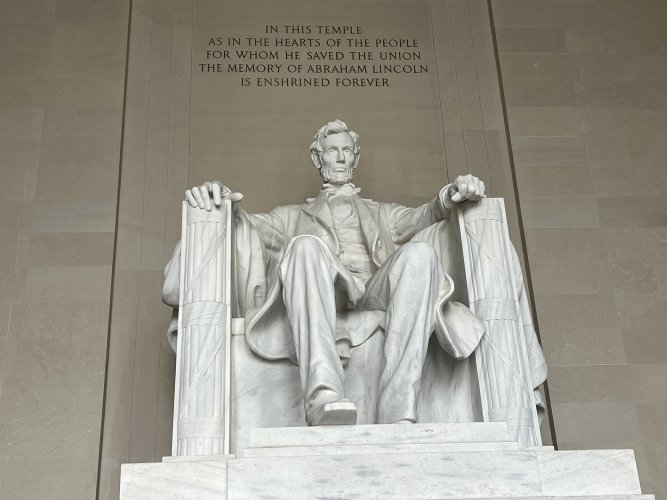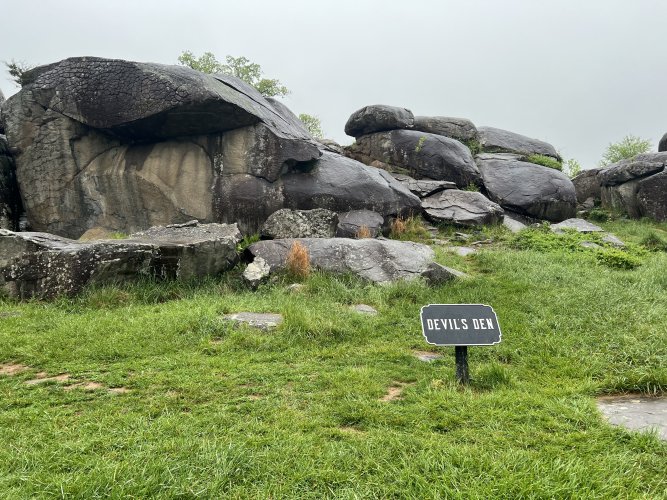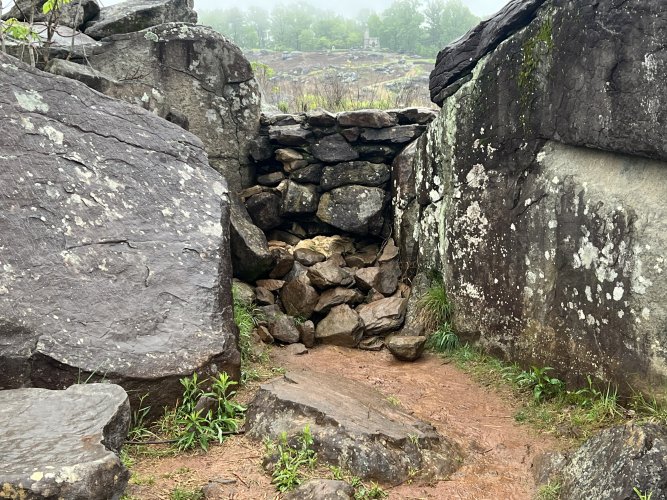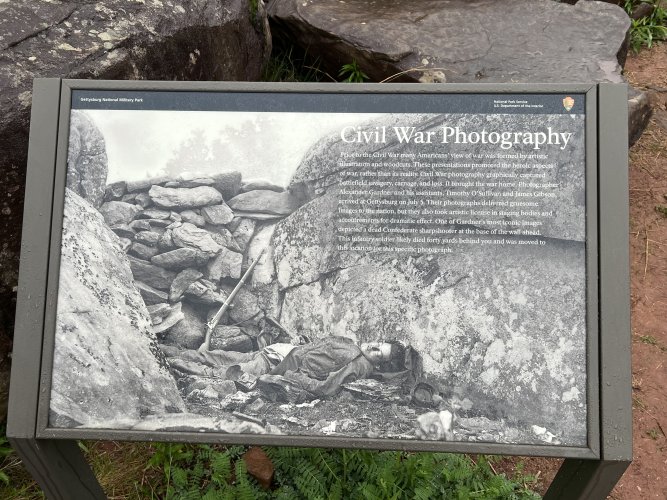Nick87
Well-known member
Hell of a trip shrap.
Follow along with the video below to see how to install our site as a web app on your home screen.
Note: This feature may not be available in some browsers.
Probably a little dry but the generation of history works written in the first 50 or so years after the war, when there were still quite a few Civil War veterans still living, are pretty cool artifacts in their own right.
Probably a little dry but the generation of history works written in the first 50 or so years after the war, when there were still quite a few Civil War veterans still living, are pretty cool artifacts in their own right.
In the same vein, the books written by ranking officers are good for birdseye views of campaigns (or at least their writers’ biased reminiscences of them, haha) but the memoirs and diaries of enlisted men and junior officers have always been much more interesting to me.
What a great trip - loving the picsFredericksburg, the third battle to claim the bloodiest battle. Antietam, Gettysburg and now Fredericksburg, each with their own dimension…
View attachment 325660
At least from the more recent conflicts, I have most enjoyed the books written by embedded authors/journalist. Just the right balance of objective observer and still in the nitty gritty.
Have you read the Army at Dawn Series? It’s WW2, but an amazing narrative. Great balance of the general’s and sergeant’s views.




With your wonderful photos, respectful descriptions, and this concluding recap and personal perspective, you could put together a very nice publication for tabletop dissemination and for your own documentation of a great tour and historical close look on-the-grounds.Ending up in DC and a picture of the Lincoln Memorial.
I had some expectations of learning and seeing some American history, but nothing of this magnitude. From the beginning, I was impressed with the beauty of this part of America. The drive around Maryland, Pennsylvania, and Virginia, was spectacular. The roads were great and the scenery was beautiful.
I have to thank a branch of our federal government, the National Park Service for buying, protecting, restoring and maintaining so much of these Civil War battlefields. To be able to visit these sites, look down from Cemetery Ridge to the trees where Lee sent Pickett’s charge against the Union solders across an open field with little change from how it was in July of 1863.
I came away with little condemnation of either side. Like the Indian wars of the 1860’s through the 1890’s, it is hard to find blame for any man fighting for his principles and way of life. There was a lot more to life in those days than most people can understand that led to the Civil War. Visiting battles and museums, it is clear that the Civil War was about slavery. It is also clear that Abe Lincoln wasn’t the idiot or evil person some people make him out to be.
Probably the most impressive site that instills the real image of the war is the Devils Den, that to me, even though they say it was a staged picture, depicts the loneliness that existed in a war where tens of thousands of solders fought on so many fronts for those years.
Although their actions have been immortalized in prose and poetry, their names have been lost in the dust in the aftermath of the battle ending up in mass graves, forgotten to time and purpose. So many lives cut short and ruined over the inability to settle any conflicting ideologies without war, at such a great cost.
Trying to understand the battles in relationship to how the war was fought, leaves me still guessing. The brilliance of the leaders of both sides is evident on the way they clashed and responded to those conflicts. I didn’t go there with any idea of finding fault with any general on either side nor criticize and speculate how they should have done better. All that inconsequential “if he did that it would have been different” theoretical analysis is for others that don’t appreciate history. I wanted to find out what happened, not what could have happened.
I was also looking to find how much George Custer contributed to the war and realized how influential he was and how he changed the outdated philosophy of the purpose of Cavalry and he made the Cavalry into a very decisive tool for the Union Army. The battles he participated in and the difference he made was even greater than I had imagined.
The Civil War was fought on many fronts, and to see so many major conflicts in such a compact part of America, it was hard to believe I travel farther to hunt turkeys in Montana than I traveled in Maryland, Pennsylvania and Virginia. The history of the West is compelling and most interesting to me, but to see this part of the United States and realize what it cost to keep it united, I have a greater admiration for all those that fought for the North and South…
View attachment 325917View attachment 325918View attachment 325919View attachment 325920
Too little of today’s interchanges are positive and meaningful. It was something I wanted to see and do, it was also well received without the criticism that seems to invade social media these days. Hopefully some new insight might be enjoyed by the members of HuntTalk.With your wonderful photos, respectful descriptions, and this concluding recap and personal perspective, you could put together a very nice publication for tabletop dissemination and for your own documentation of a great tour and historical close look on-the-grounds.